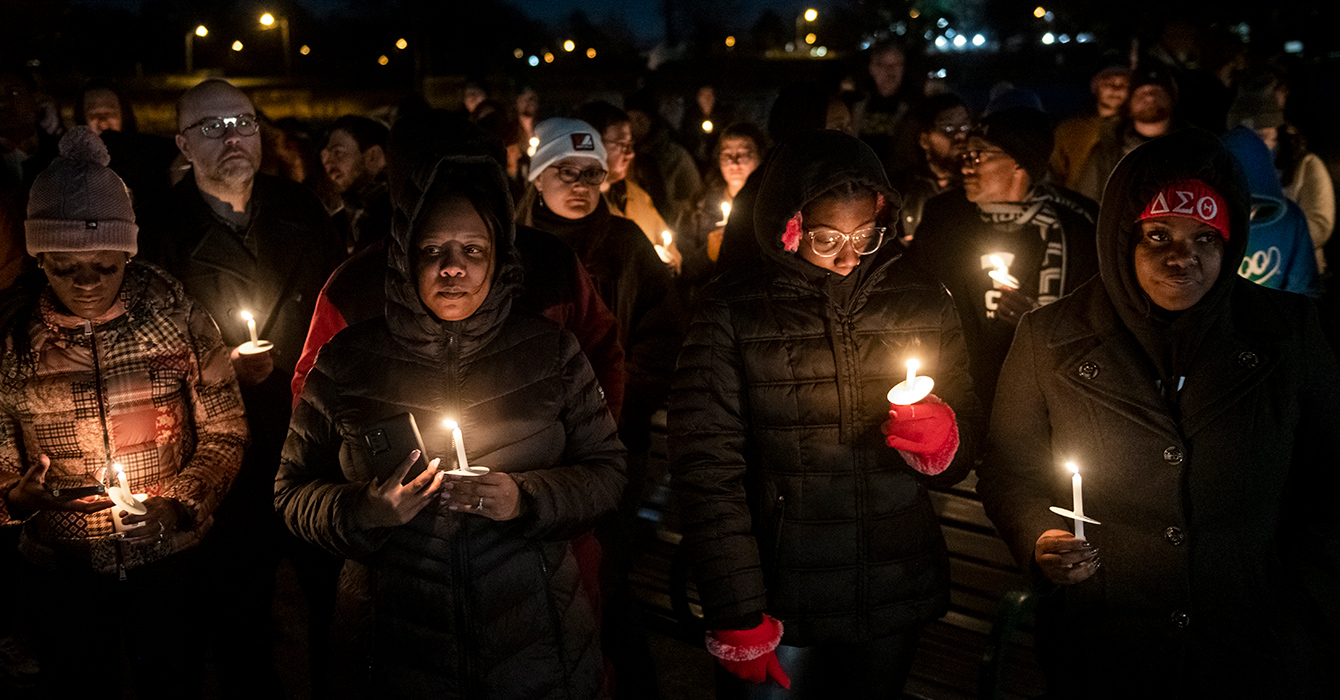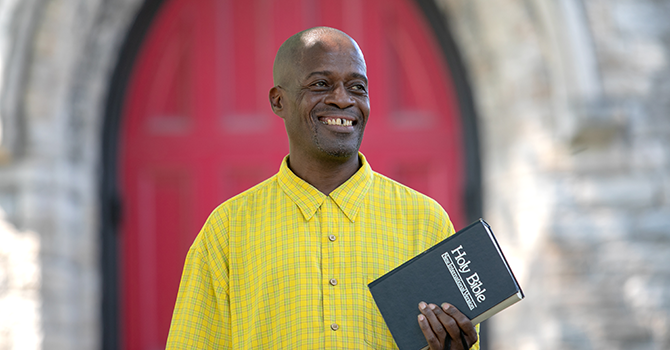
Tod Bolsinger, a Fuller Seminary professor and author, writes about an experience he had with Silicon Valley investors and entrepreneurs. He went to them to get feedback on an initiative to improve an organization. The Silicon Valley group listened to the pitch and encouraged a shift in Tod’s thinking. Instead of searching for a way to help the organization survive, they challenged him to think about the problems that the organization can solve for other people. Put another way: think about how you can best serve others instead of how you can be served. Sound familiar?
Leadership comes down to finding solutions for what people need. Dr. Martin Luther King, Jr. became a leader in Montgomery, Alabama, when local pastors invited him to be the spokesperson for an initiative to solve a critical social problem — segregation. King and other activists helped to organize and execute a strategy for the Montgomery Bus Boycott to make life better in a concrete way.
Problem-solving is about removing barriers so that people can thrive. How much do we know about the barriers that keep people in our neighborhood and church from reaching their goals? What might we discover if we invested time and energy into listening to people within and beyond the church to truly understand their problems?
Is affordable childcare a barrier for parents achieving their professional and financial goals? Is access to healthy, fresh food a barrier for families achieving their health goals? Is access to academic support a barrier for youth achieving their educational goals? Once we identify the problems, what are we willing to do about them? Having an exciting vision is only going to be helpful if the vision articulates ways to overcome the barriers that inhibit personal, spiritual, community and organizational progress.
Resources
Block by block, an organization addresses the trauma underlying community needs
In Pittsburgh, a Black Orthodox priest heads the Neighborhood Resilience Project, an innovative, faith-based community development program.
By Tina Hay
How to think about long-term viability in the face of urgent needs
Five questions centered on mission and vision can help organizational leaders find clarity about the sustainability of their work, writes the executive director of Leadership Education at Duke Divinity.
By David L. Odom
Movement chaplains offer specialized support for activists
Grounded in grassroots traditions, these chaplains are helping advocates for justice across the country access community resources and receive spiritual care.
By Leslie Quander Wooldridge
A church-run business incubator grows its community’s own solutions to poverty
Under the Rev. Barry Randolph, a thriving Detroit church has brought a young community together to improve their lives with their own ideas.
By Angie Jackson
Before you go…
What’s driving your vision? If it’s the need for institutional survival, I agree with Bolsinger: you should go back to the drawing board.
Anxiety about our survival is real. I get it. At the same time, a truly compelling vision calls us to look beyond ourselves and beyond our organization. What are we doing in the world? What are we doing for the world? Who are we serving, and how can we serve them more faithfully? Let’s challenge ourselves to pay closer attention to what people need — younger people, working people, parenting people, unhoused people, doubting people. It can be difficult for congregations to shift their thinking from survival to mission, but that’s an essential reframe that must take place if you’re going to get unstuck and find a more excellent way.
You can always reach me and the Alban Weekly team at alban@duke.edu. Until next week, keep leading!

Prince Rivers
Editor, Alban at Duke Divinity




